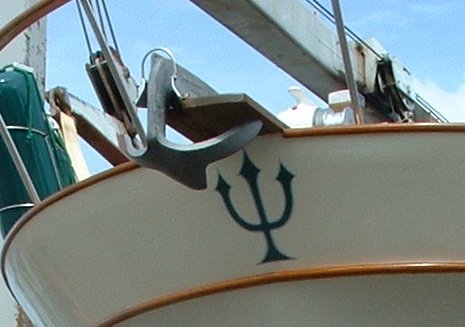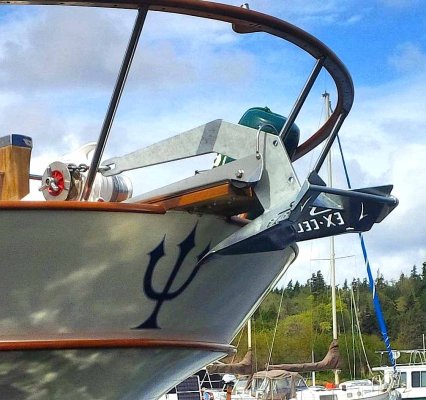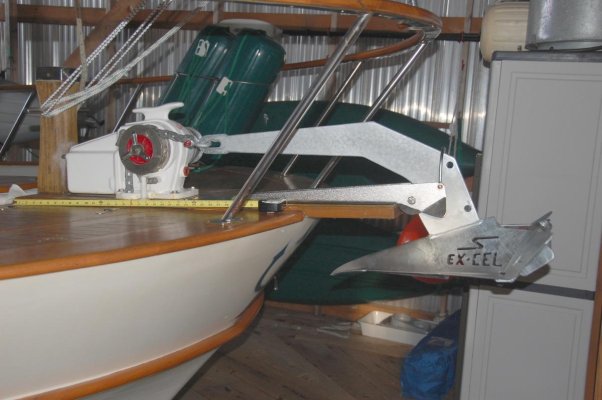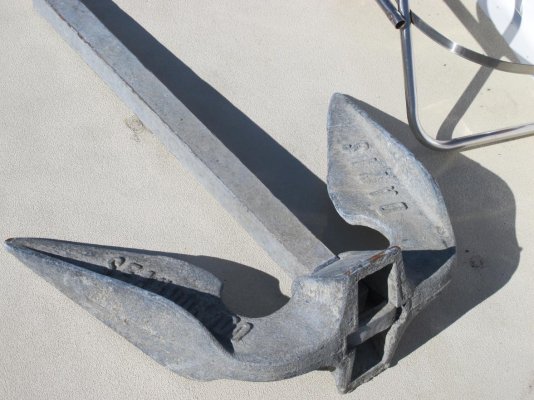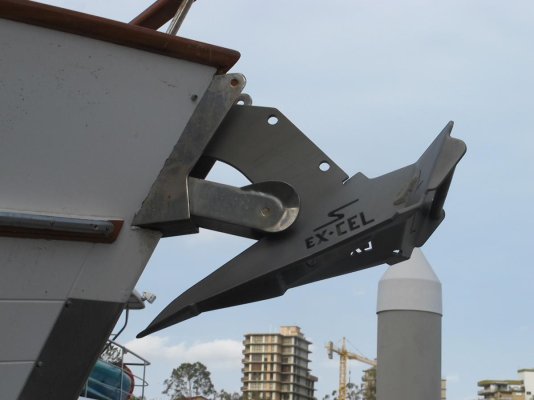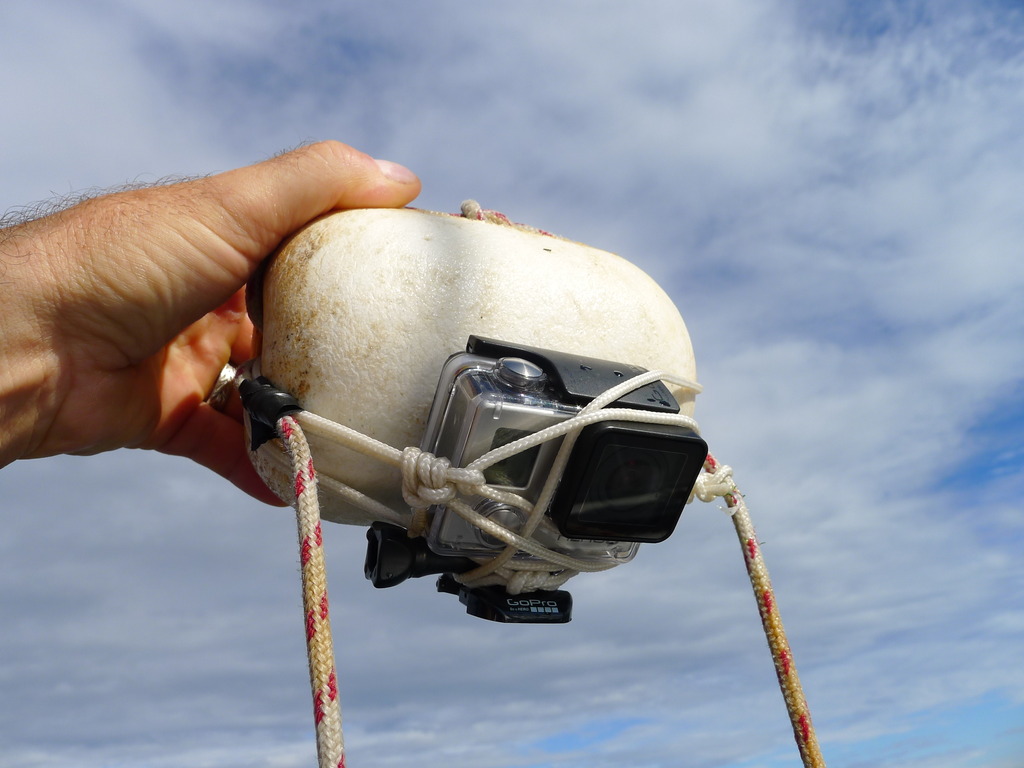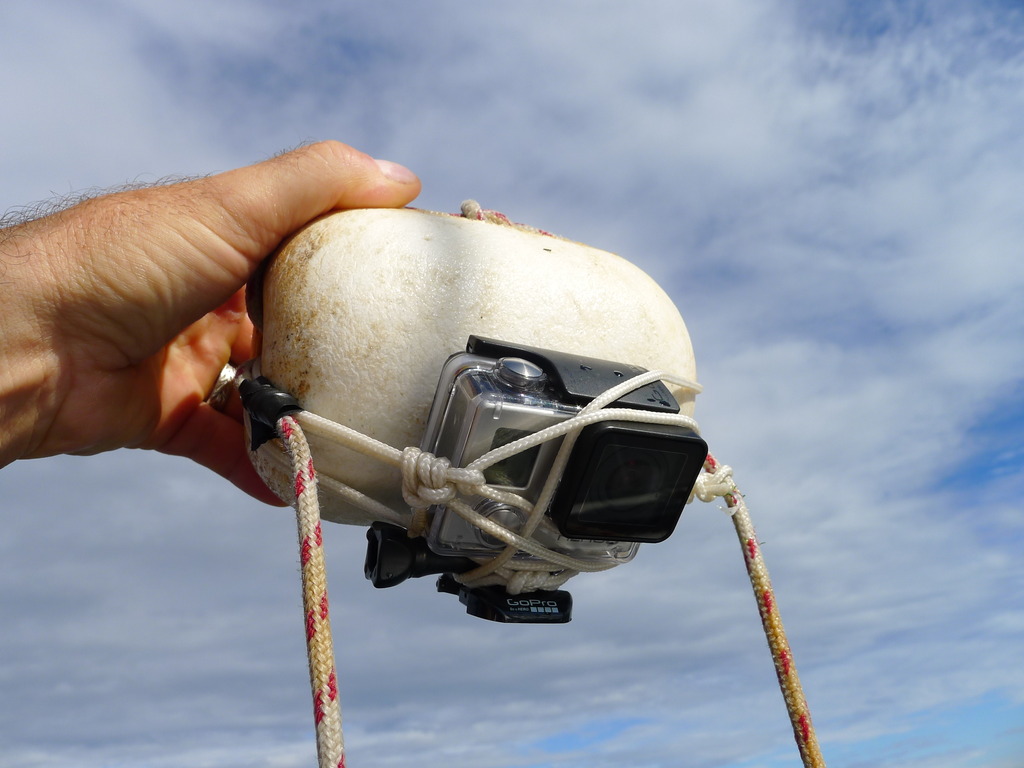BruceK
Moderator Emeritus
- Joined
- Oct 31, 2011
- Messages
- 13,347
- Vessel Name
- Sojourn
- Vessel Make
- Integrity 386
Eric, it`s a typo. You wrote the Lewmar price as $315, and the Manson as $314. I`m guessing the Lewmar should have been $139. I was thinking the differential was in the weight, but it`s just a typo. I think.


